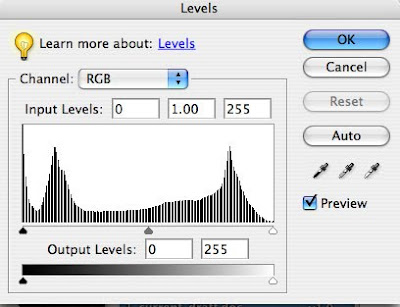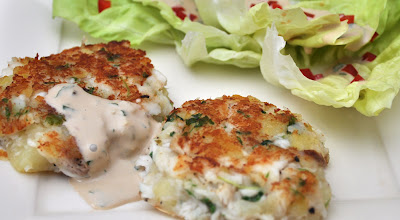
Having grown up in the Southern part of the US, I have some special food prejudices. I love spicy food. I will make a beeline for a coconut cake. I like my tea strong and iced. No sugar (I know). My lifetime ambition is to make good fried chicken (I'm not there, not by a long shot). In the summer, I could happily eat BLT every single day. And I love pimento cheese.
Pimento Cheese. Pimiento cheese. However you spell it, I like it. Dan, who grew up in San Francisco, looks at a Pimento cheese sandwich and says, “eh”. He doesn't hate it, but he wouldn't go out of his way to make it. Or to find it.
I think that's because he didn't grow up with it. The food of our childhood can take us back to happy times, to carefree days. So what if those days really weren't exactly carefree? In truth, while I was learning to love pimento cheese I was also learning to fear Sister Saint Dominic and Wednesday detention.
Today the good Sister is mercifully faded in my memory, while pimento cheese is crisp and clear. It speaks to me of picnics, of swimming holes, of summer. It's March and here in Belgium it's cold. Wet. Last week, I needed a blast of summer. I also needed to clean out the fridge before our trip. Looking around my kitchen, what did I find? Roasted peppers left over from Ajvar. Cheddar cheese. (OK, it's supermarket cheddar, and Belgian supermarket cheddar at that, but it's what I had.) Some pepper cheese from the cheese guy at my Sunday market. And mayonnaise. I always have mayonnaise.
So I whipped up a bowl of pimento cheese. It was very pretty. It was delicious. I ate it on sauerteigbrot―bread we get in Germany that's made with 100% rye flour. It's a dense bread, leavened with sourdough. When I lived in DC, I used to buy this bread at Wholefoods. I like bread that I can slice myself. I can make the slices thin or thick, depending on what I'm using them for. Here, I sliced them thin so that the pimento cheese shone.
If you didn't grow up with pimento cheese, you don't have to despair. You can start now to make memories with it. You can make picnic sandwiches. You can make fancy pants sandwiches too! Perfect for tea, or just to spoil yourself.

Pimento Cheese
1 red bell pepper
120 g / 4 oz sharp cheddar
80 g / 3 oz pepper cheese
2 – 3 Tablespoons good mayonnaise
- Pre-heat the broiler / grill of your oven.
- Cut the peppers in sections, and remove the membranes and seeds. You want these segments to be fairly flat, so that the heat will reach them uniformly.
- Arrange the peppers skin side up on a baking sheet. I used a non-stick baking sheet. If you don’t have one, you might want to line yours with aluminum foil. This gets a little messy.
- Slide the peppers under the grill and watch them closely. Mine take between 5 and 10 minutes to be done, depending on whether I remember to pre-heat the grill. They’re done when the kitchen smells like heaven and the pepper skins are lifted and blackened.
- Meanwhile, grate the cheeses.
- Put the peppers in a paper bag and close it up. Yes, they’re hot. Yes, there’s steam. Using tongs is highly recommended. Set aside to cool.
- When they’re cool, take the pepper pieces out one at a time and remove the skin with a sharp knife. Usually you can just pull it off, but if the pepper curved under away from the heat you may have to scrape it a little. If it’s really stuck, don’t worry, just leave it. You won’t notice it.
- When all the peppers are cleaned, put them on a big chopping board. Chop them fairly fine. At this point the peppers have been transmogrified into pimentos.
- Mix the grated cheese with the pimentos. Stir well.
- Add the mayo and chill until ready to use.
Serves 4 if they like it and 10 if they don't.
NOTES:
- Of course, these measurements are approximate. I used the cheese that I had. You can add more or less cheese, mayo, pimento. You're the boss!
- This is wonderful with whatever hard cheese you have. If I don't have a pepper cheese, I add a pinch or two of cayenne. Just because.
- For this, I think you need an old-fashioned box grater. You don't want this cheese to be finely grated, so this is not a job for a microplane.
- The cheese and pimento alone (without the mayonnaise) is excellent in a grilled cheese sandwich.
- Like many things, this is better next day. I just make a double batch so that there will be leftovers, because once this is ready I don't want to wait to eat it.

























